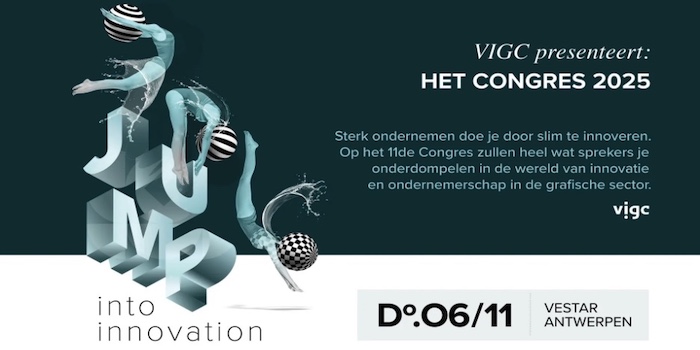Laurel Brunner: Gathering Carbon Footprint Data
 At HP’s recent pre-drupa press conference in Israel a colleague asked how we can trust the accuracy of carbon footprint calculations. We were discussing HP’s commitment to doing full Life Cycle Analyses (LCA) for its Indigo digital presses, so that the associated CO2 can be offset. How far can you trust the numbers? Where does a company start with its CO2 calculations?
At HP’s recent pre-drupa press conference in Israel a colleague asked how we can trust the accuracy of carbon footprint calculations. We were discussing HP’s commitment to doing full Life Cycle Analyses (LCA) for its Indigo digital presses, so that the associated CO2 can be offset. How far can you trust the numbers? Where does a company start with its CO2 calculations?
Fair questions and ones that many people will be inclined to ask, because without a doubt this is tricky stuff. The whole idea of making every single bit of a machine accountable in some way is mind boggling. This may be why the thought of doing CO2 calculations is offputting for all but the most dedicated environmentalist. Most of us are not trained environmental scientists, but rather care about the environment because we understand that without it there isn’t much else.
Fortunately the people who are trained in environmental science are gainfully employed, coming up with tools that the rest of us can use making a difficult task marginally less so. This is how HP and other companies such as Ricoh have come up with accountable numbers for their carbon calculations. They use reputable reference databases as the source of footprinting data for components such as steel and aluminium or plastics.
There are many reference databases specialised for different industry sectors, and useful for manufacturers of graphics systems. Environmental Product Declarations (EPD) are another source of carbon footprint data. An EPD provides the data necessary for LCA studies providing values for the embodied carbon. This is the lifecycle greenhouse gas emissions of a material expressed as carbon dioxide equivalents: CO2e. The value takes into account the manufacture and transport of a material from mining the raw material through to its end-of-life. In the case of materials that are readily recycled such as steel or aluminium, this doesn’t happen soon so the impact is relatively low.
The good news is that there is an answer to the question of how we know or how we can trust a digital press’s LCA and associated carbon footprint value. The bad news is that doing an LCA is extremely complicated for the common man and few companies have the resources or the inclination to do an LCA for a press.
But they should because an LCA provides the data necessary for benchmarking a device’s environmental impact. This gives manufacturers a starting point for improvements, such as reducing waste during production. Saving materials saves costs for end users, so doing an LCA on a printing press benefits all of us as well as the planet.
Laurel Brunner

This blog has been made possible by: Agfa Graphics (www.agfa.com), Digital Dots (http://digitaldots.org), drupa (www.drupa.com), EFI (www.efi.com), Fespa (www.fespa.com), Heidelberg (www.uk.heidelberg.com), Kodak (www.kodak.com/go/sustainability), Mondi (www.mondigroup.com/products), Pragati Offset (www.pragati.com), Ricoh (www.ricoh.com), Shimizu Printing (www.shzpp.co.jp), Splash PR (www.splashpr.co.uk), Unity Publishing (http://unity-publishing.co.uk) and Xeikon (www.xeikon.com).
Blokboek.com is the Dutch media partner of Verdrigris, a non-profit initiative which aims to realistically chart the real footprint of printing and which helps companies and organisations to lower that footprint. More information about Verdrigris can be found via this link.

De trainingen voor 2022 staan gereed. Kijk voor het volledige online aanbod van bestaande- en nieuwe trainingen op de website.
BLOKBOEK.COM EN PRINTMEDIANIEUWS: HET OPTIMALE DOELGROEP BEREIK


















